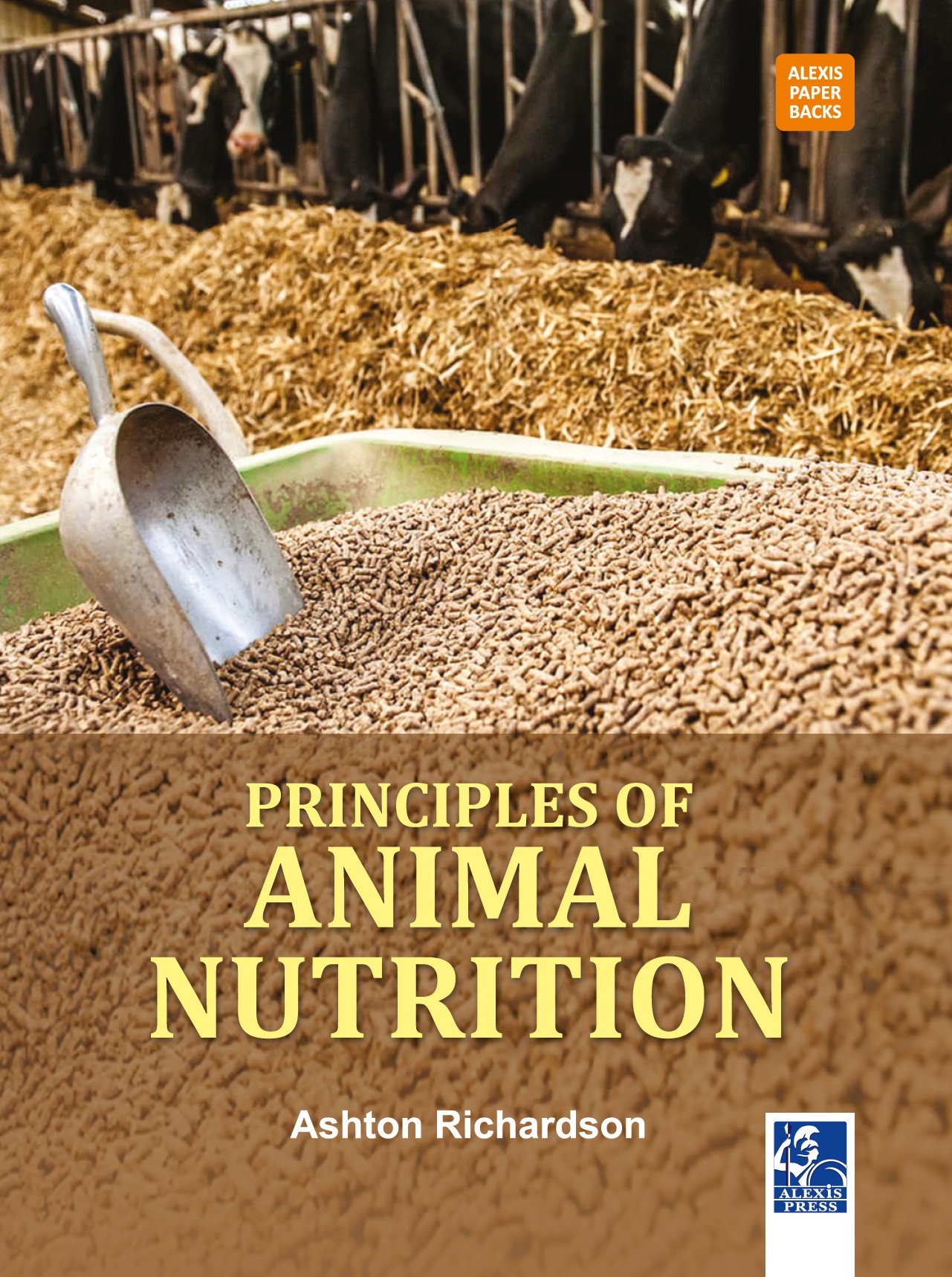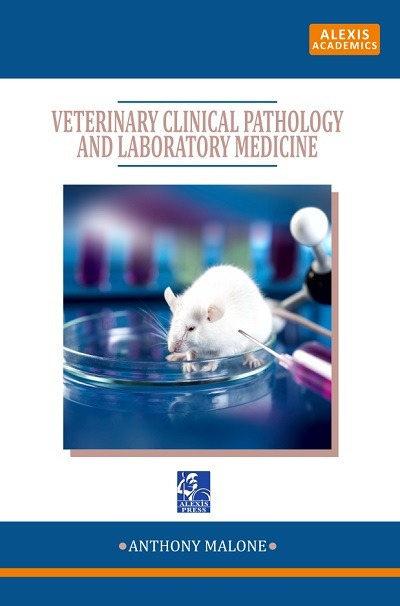Veterinary Clinical Pathology and Laboratory Medicine
Description
Clinical pathology supports the diagnosis of disease using laboratory testing of blood and other bodily fluids, tissues, and microscopic evaluation of individual cells. Clinical biochemistry refers to the analysis of the blood plasma (or serum) for a wide variety of substances?substrates, enzymes, hormones, etc?and their use in diagnosis and monitoring of disease. Analysis of other body fluids (eg, urine, ascitic fluids, CSF) is also included. One test is very seldom specific to one clinical condition, and basic checklists of factors affecting the most commonly requested analytes. Veterinary sciences have helped in reducing animal sufferings, minimizing risk of zoonotic diseases threatening human health and ensuring food security. There have been unprecedented advancements in all the branches of veterinary sciences. The futuristic requirements of the society such as integrated casualty management, public health, food security and safety, healthy eco-system, containing bio-terrorism, productivity, profitability and stability of livestock farming systems etc., have posed greater challenges for veterinary academics and scientific community. Most veterinary laboratories offer a basic panel of tests, which represents a minimal investigation applicable to most general situations. For small animals, a typical panel includes total protein, albumin, globulin (calculated as the difference between the first two analytes), urea, creatinine, ALT, and alkaline phosphatase (ALP). Veterinary Laboratory Medicine covers all aspects of basic clinical biochemistry and haematology, and includes test-by-test interpretation of laboratory results. The book will be perfect for practitioners who require a guide to laboratory occupation, and for veterinary students studying laboratory medicine and clinical pathology.
Veterinary Clinical Pathology and Laboratory Medicine
Only logged in customers who have purchased this product may leave a review.







Reviews
There are no reviews yet.